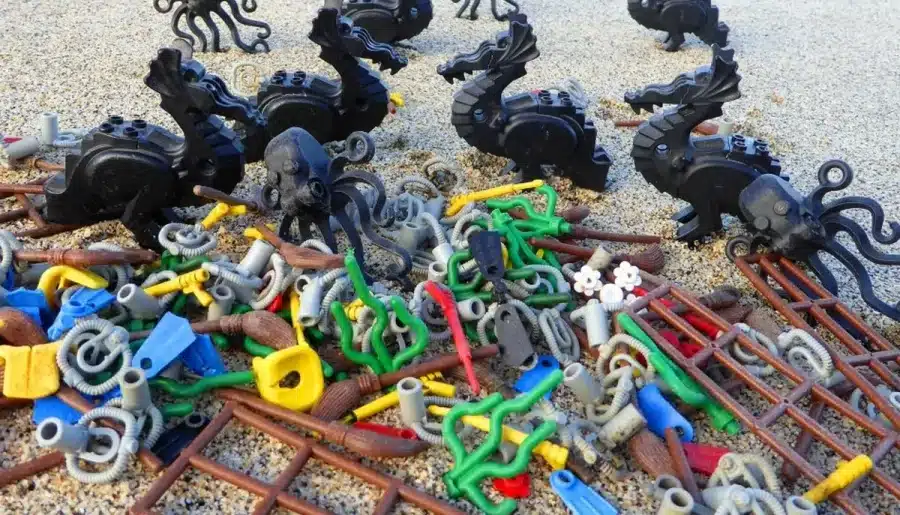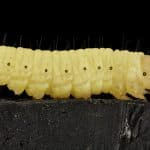On February 13, 1997, a massive storm near Cornwall’s coast knocked 62 containers off the Tokio Express cargo ship. The Tokio Express was traveling from Rotterdam to New York when it hit big waves and nearly tipped over near Land’s End, about 20 miles from the coast.
Because of this, the containers fell into the ocean, in what people know as the Great Lego Spill. Almost 5 million Lego pieces ended up in the sea near England’s coast.
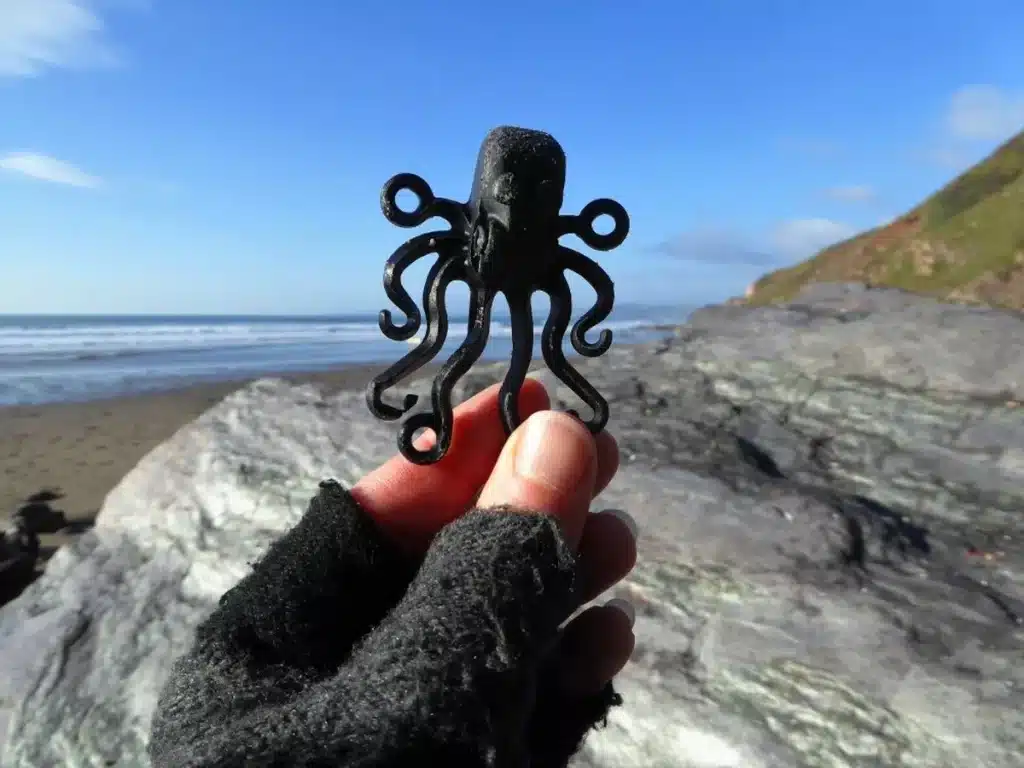
Interestingly, the Lego pieces had themes of the sea, making this the biggest toy spill into the ocean we know about.
After the accident, people found Lego pieces, such as plastic octopuses, spear guns, scuba tanks, and pirate swords, on their beaches in southwest England. But did you know that even 27 years later, people like beachcombers still find these LEGO pieces?
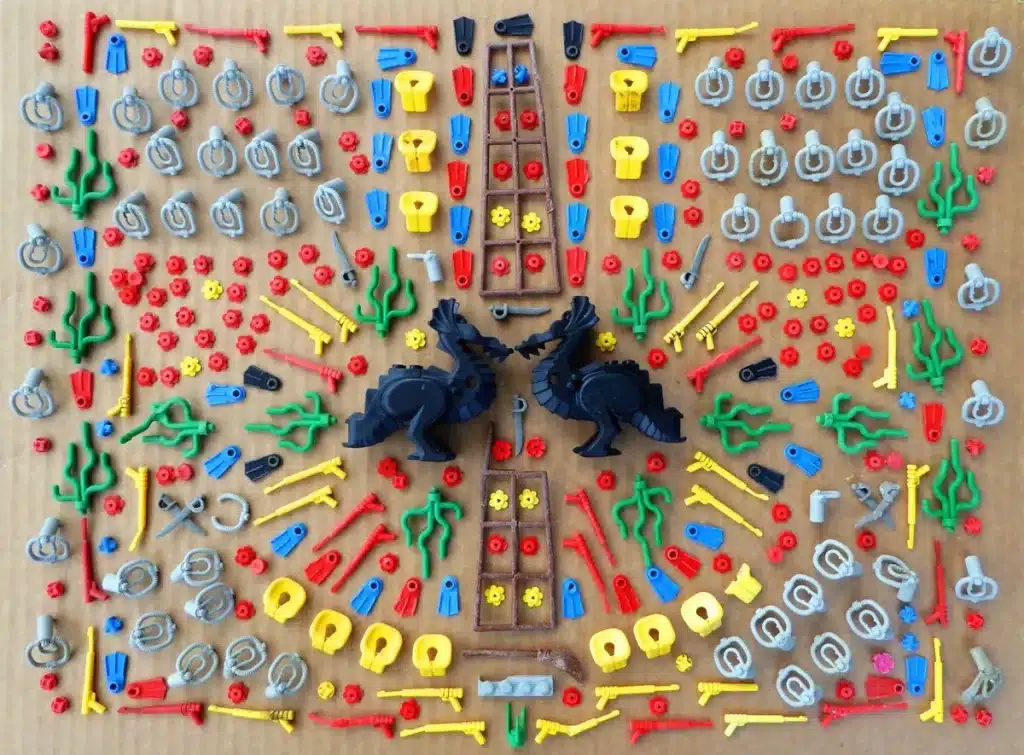
Among the beachcombers was Tracey Williams, who runs a Facebook page called “Lego Lost at Sea,” where she started sharing her findings. The page also has profiles on X and Instagram. Tracey began posting about the Lego pieces she found after moving to Cornwall in 2010.
She remembered hearing about the Great Lego Spill when she used to take her children beachcombing in Devon. They’d look for shells and pebbles, and then, in 1997, they started finding Lego pieces.
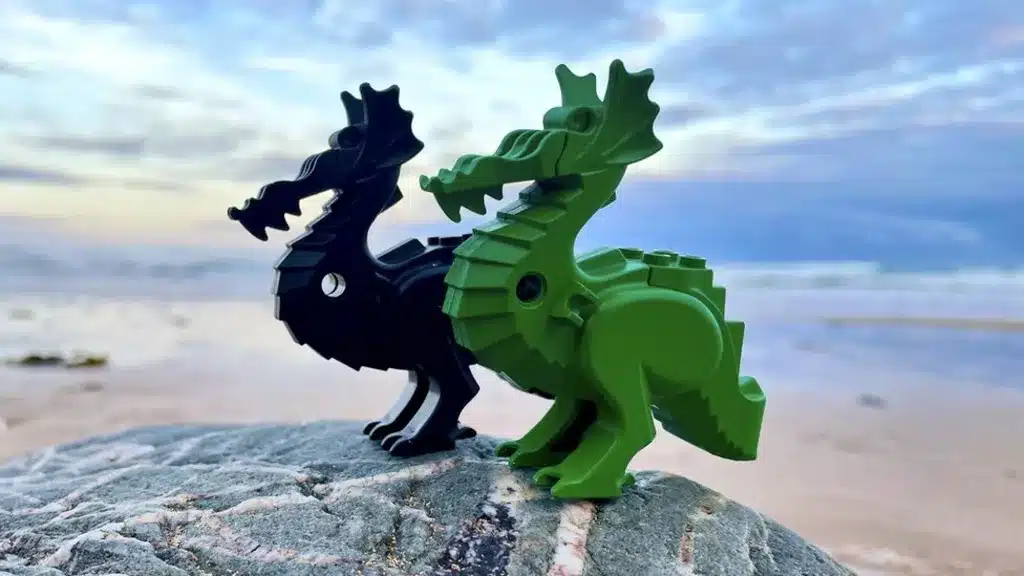
“We figured out they came from a spill but didn’t know much else. Then, years later, in Cornwall, I found them washing up again, which was really surprising.” This discovery led Tracey to create the Facebook page.” Williams said.
Over time, Tracey has tracked the pieces found, including rare items like the green dragons (only 514 were in the container) and black octopuses (4,200), which are in high demand now. These toys have turned up as far as the English coast, Wales, France, Belgium, Ireland, Netherlands, and possibly even further.
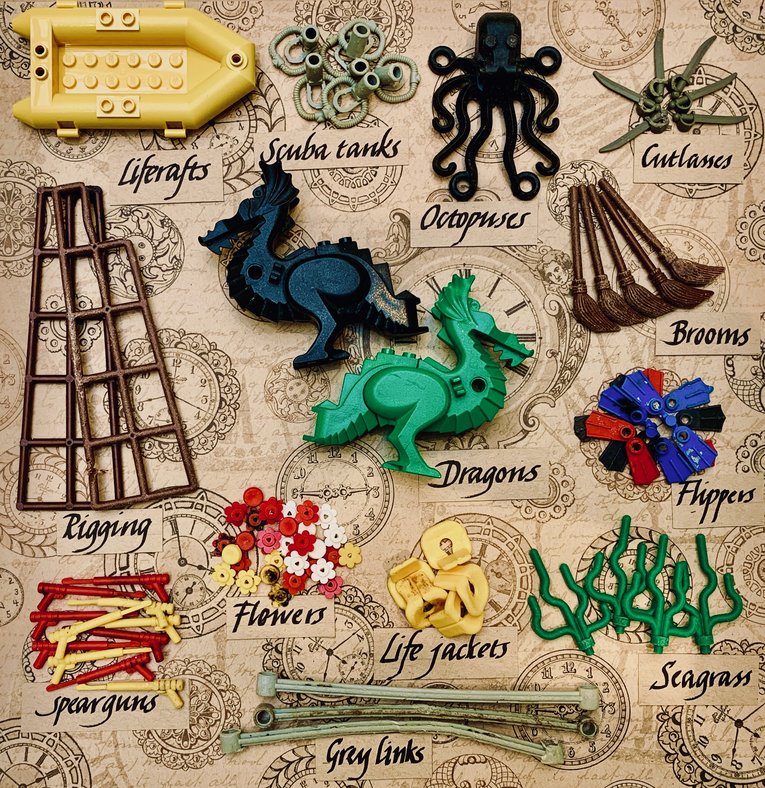
Recently, fishermen found a Lego shark, one of 51,800 from the spill, 20 miles off the Cornish coast. It was the first time this piece had been seen in 27 years, leaving 51,799 more to be found. Tracey often talks to fishermen who find these pieces in their nets.
“Only another 51,799 to find,” Tracey joked on her Lego Lost at Sea account.
Hayley Hardstaff, a marine biologist, also stumbled upon one of these unique LEGO pieces. She was walking on Portwrinkle Beach in Cornwall, England when she found a black Lego piece dragon missing its upper jaw.
Hayley, who’s been living in Cornwall since she was a kid, has always found Legos scattered along the shoreline. She used to wonder why there were so many left behind.
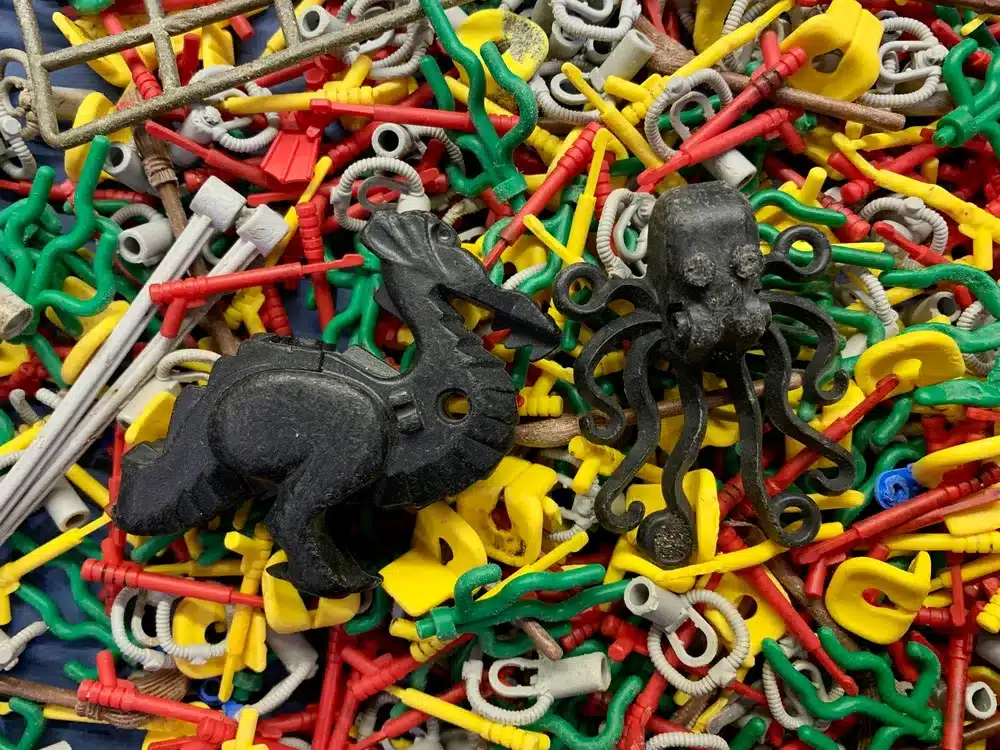
However, the Great Lego Spill has raised many questions about whether it’s bad for the environment because it adds to the trash problem in our oceans. Many people are worried because these Legos are part of a bigger issue with plastic waste that harms ocean life and takes a very long time to break down.
Many different actions have been taken to deal with the problem. People have started cleaning up the beaches more often, sometimes making a game out of finding Legos in the sand. Doing this helps clean the beaches and opens people’s eyes to how much plastic harms our oceans.
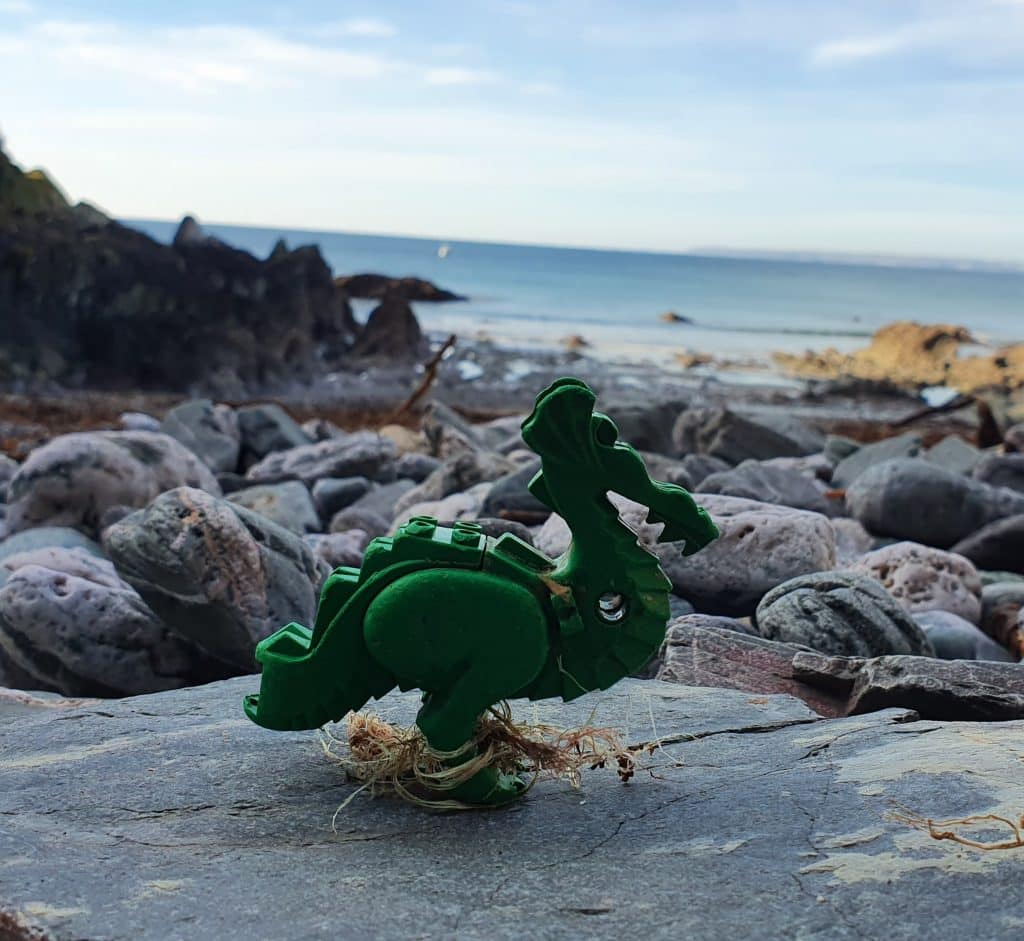
Artists like Rob Arnold have also taken a creative approach by using Legos and other plastics they find to make art. This turns trash into something that makes people think more about where their plastic ends up and how it affects the planet.
The Lego Spill has also made people more aware of how important it is for companies to think about their products, from how they’re made to what happens to them when they’re finished with them. For instance, the Lego company has mentioned they’re trying to be more eco-friendly by using less plastic and helping with clean-up efforts.
Have you ever heard of The Great Lego Spill, or maybe even found some of them on the beach? Comment below with your thoughts!
